In Photos: Exploring an Early Maori Site in New Zealand
Exploring the island
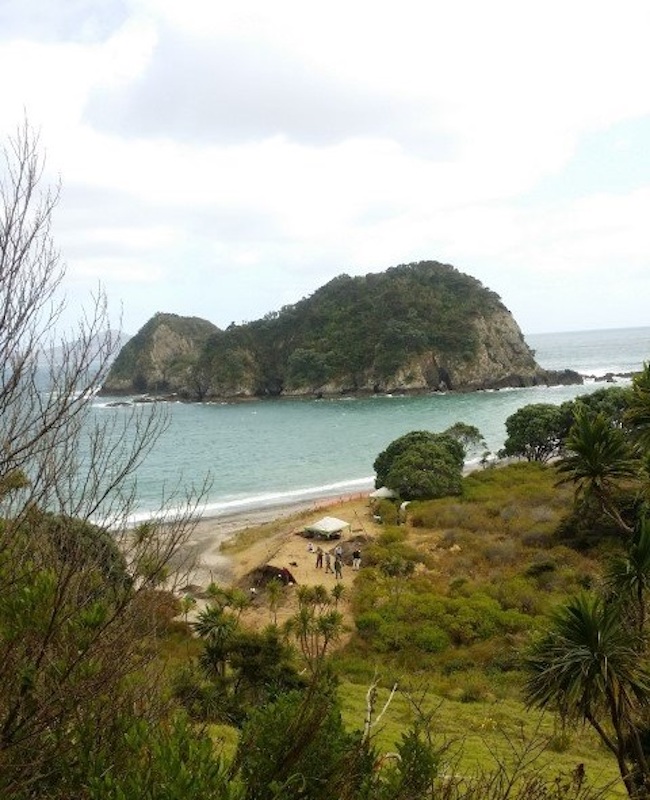
A team of archeologists in New Zealand is exploring an early Maori site on Moturua island in the Bay of Islands that they think may have been home to some of the first Polynesian settlers in New Zealand around 700 years ago. The settlement site, located beside a beach at Mangahawea Bay, was first excavated in 1981 but little of the research from that time was ever published.
In January 2017, a team of archaeologists returned to the same dig site on the island, hoping to piece together the story of the site by combining what is known of the 1981 research with the latest in modern archaeological techniques.
Revisiting the site
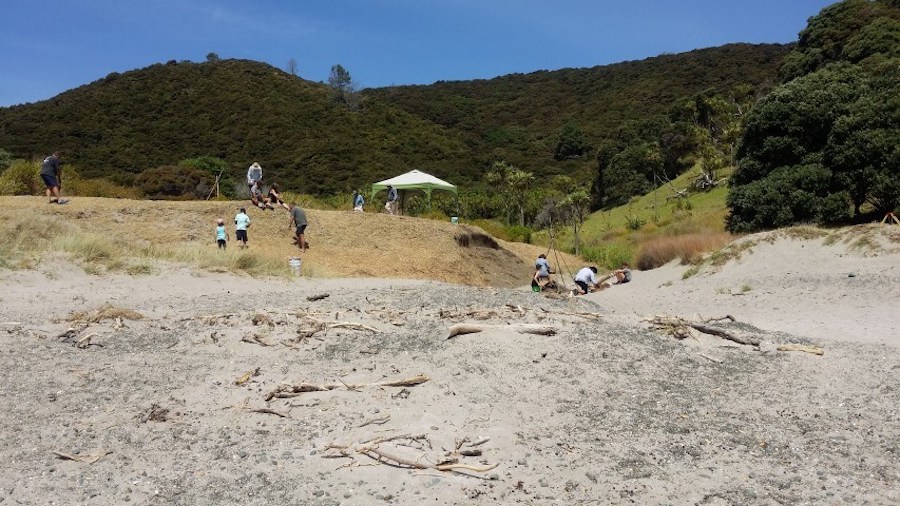
The 2017 dig was the culmination of a nine-year effort by Andrew Blanshard, a ranger and historic officer for New Zealand’s Department of Conservation, who first visited the island to build a walking track in 2006.
After learning about the 1981 excavation, Blanshard tracked down artifacts, research and field notebooks from that dig in universities and government department archives around the country.
Dipping into the archives
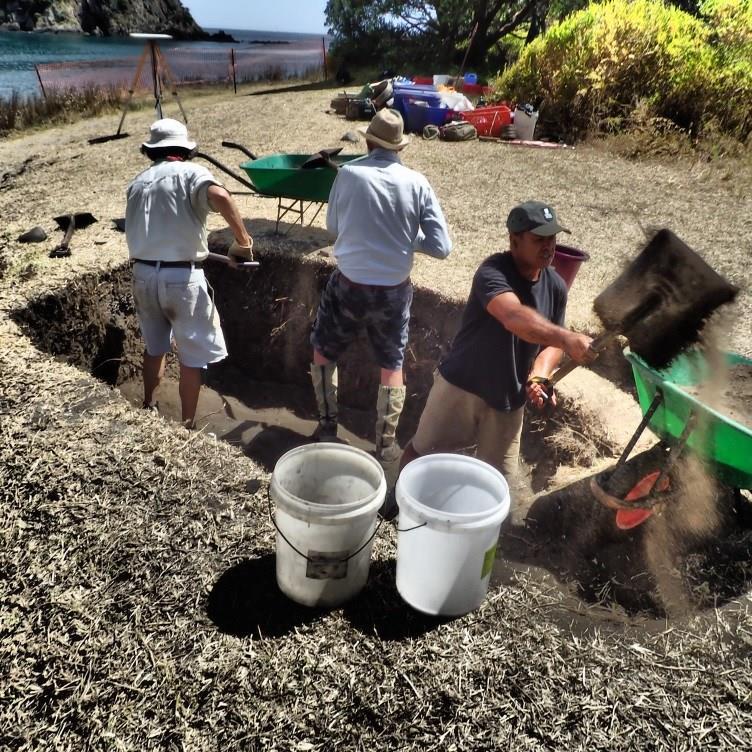
The field notebooks and the involvement of some of the archaeologists from the 1981 excavation allowed this year’s archaeological team to carry out their excavations at precisely the same site.
Different layers

The latest dig revealed that the site has several layers corresponding to different periods of occupation of early Maori communities at different stages of cultural development — a rare find in New Zealand where many of the earliest Maori sites were abandoned in favor of better sites after their initial settlement.
Underground oven
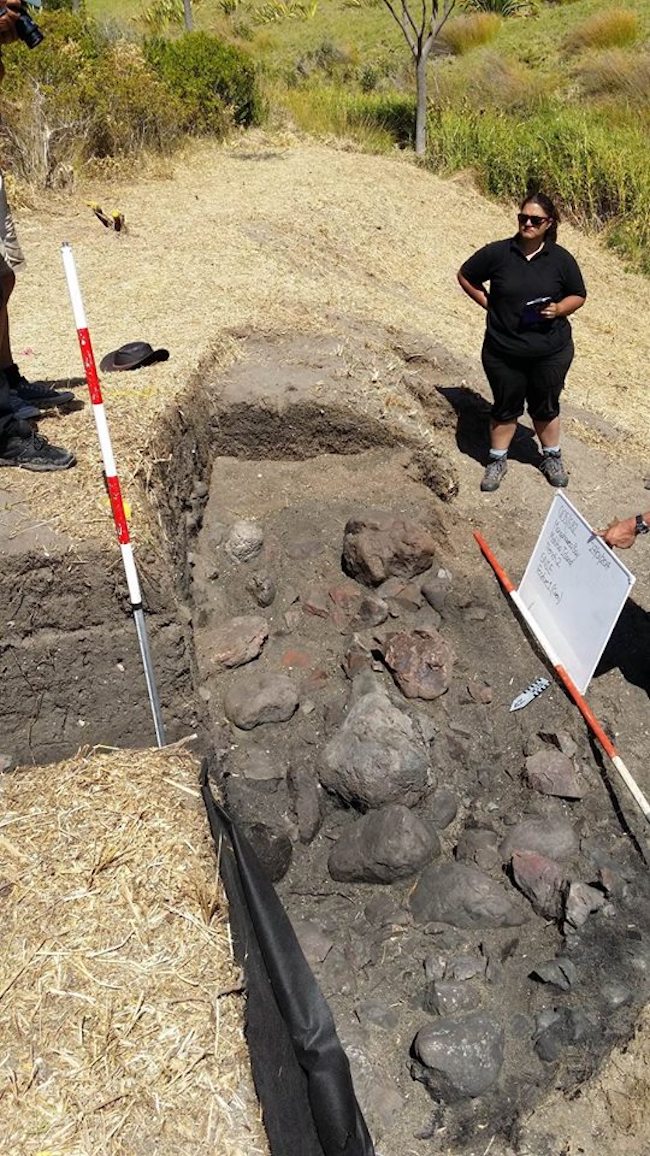
A key finding of the latest excavations is a stone-lined underground oven, or hangi, where food would be placed on hot stones and covered over with earth to cook.
Sign up for the Live Science daily newsletter now
Get the world’s most fascinating discoveries delivered straight to your inbox.
Material recovered from the hangi pit includes the bones of moas, large flightless birds that became extinct due to predation by humans soon after the first people arrived in New Zealand around 700 years ago.
Working together
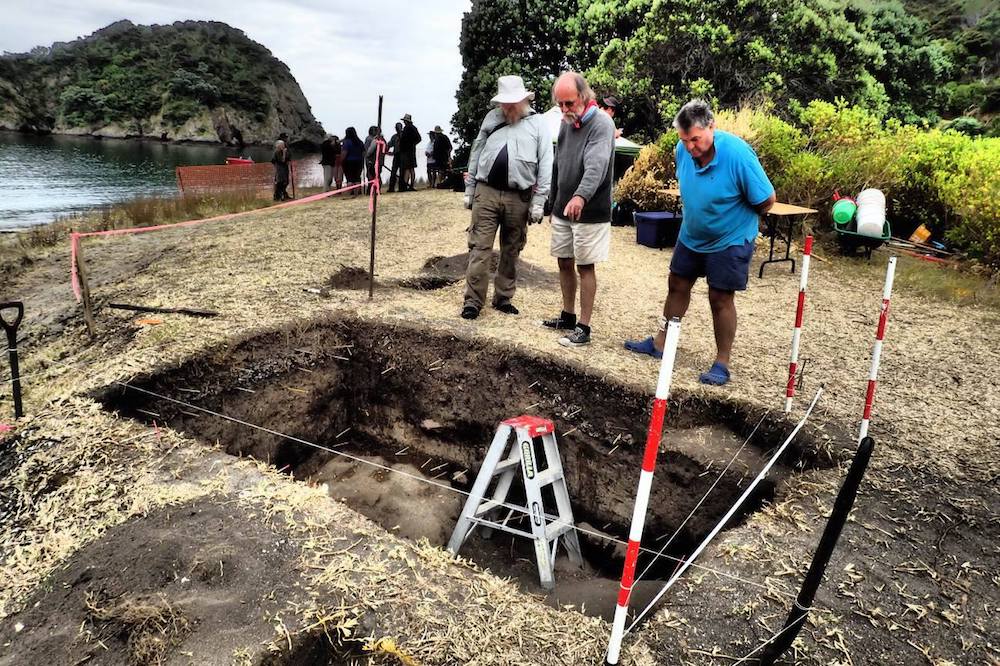
Some senior archaeologists from the 1981 excavation were able to take part in this year's dig, including John Coster and Dave Veart, seen here with local volunteer Jack Kemp.
All hands on deck
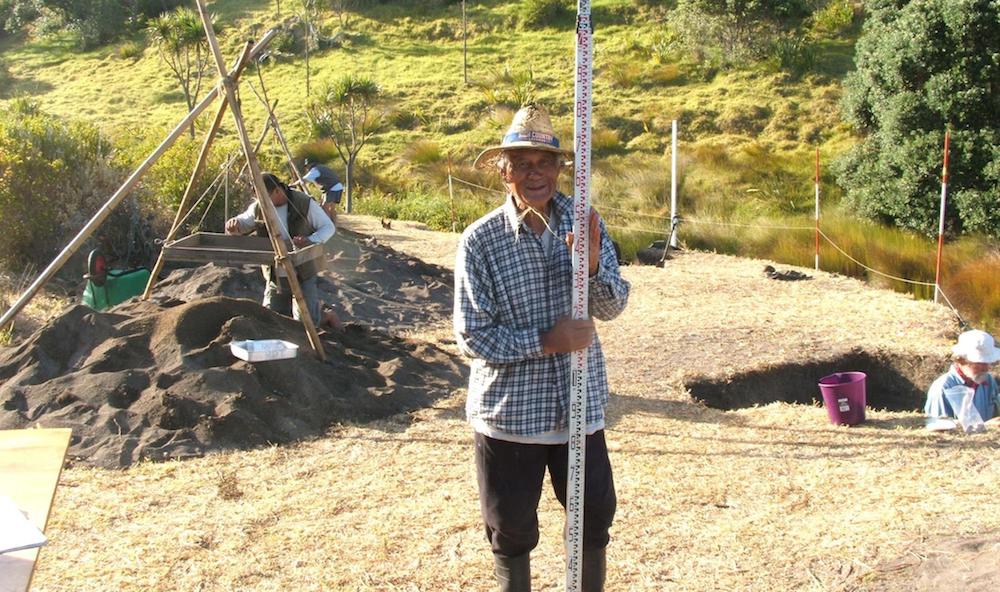
This year's excavation was a partnership between New Zealand’s Department of Conservation, which manages the island, the Heritage New Zealand cultural agency, archaeologists from Otago University, and members of two local Maori hapu, or sub-tribes: Ngati Kuta and Patu Keha.
Kaumatua (elder) Matu Clendon, seen here, lived on Moturua Island as a boy in the 1950s and took part each day of the two-week dig.
Fish hooks
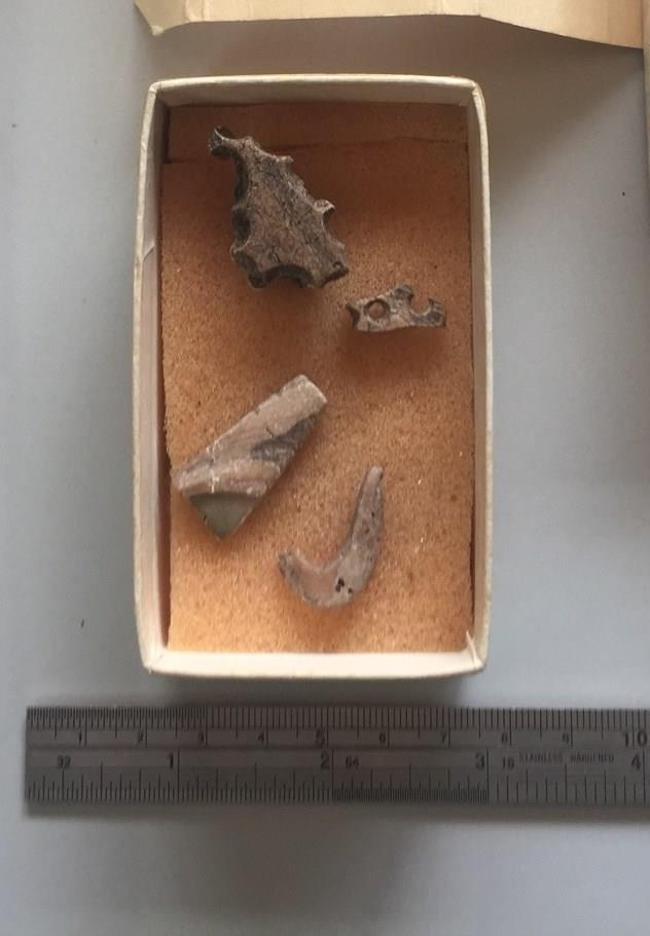
Artifacts from the latest dig at Moturua Island include fragments of fish hooks made from moa bone and a shell "tab" from which shapes have been cut using a fine stone drill.
Shell pendant
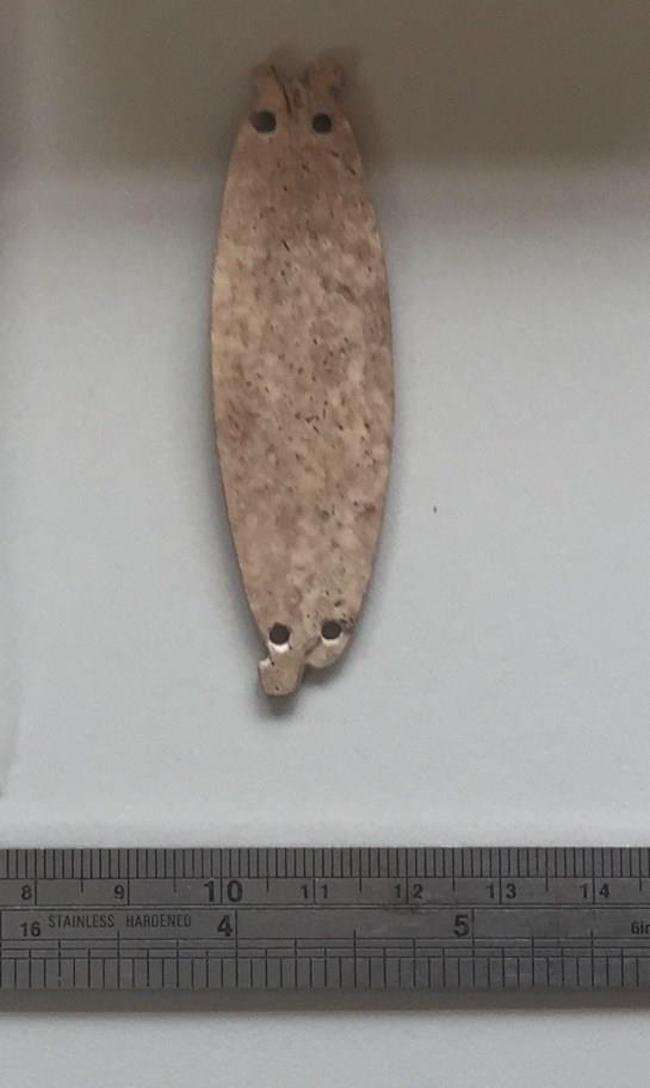
This shell pendant, found in 1981 at the site, appears to be made from a pearl oyster species found only in the tropics, and not in colder New Zealand waters.
It may have been brought to New Zealand from tropical regions by some of the earliest generations of Polynesian settlers, who would develop the indigenous Maori culture in the centuries that followed.
Next steps
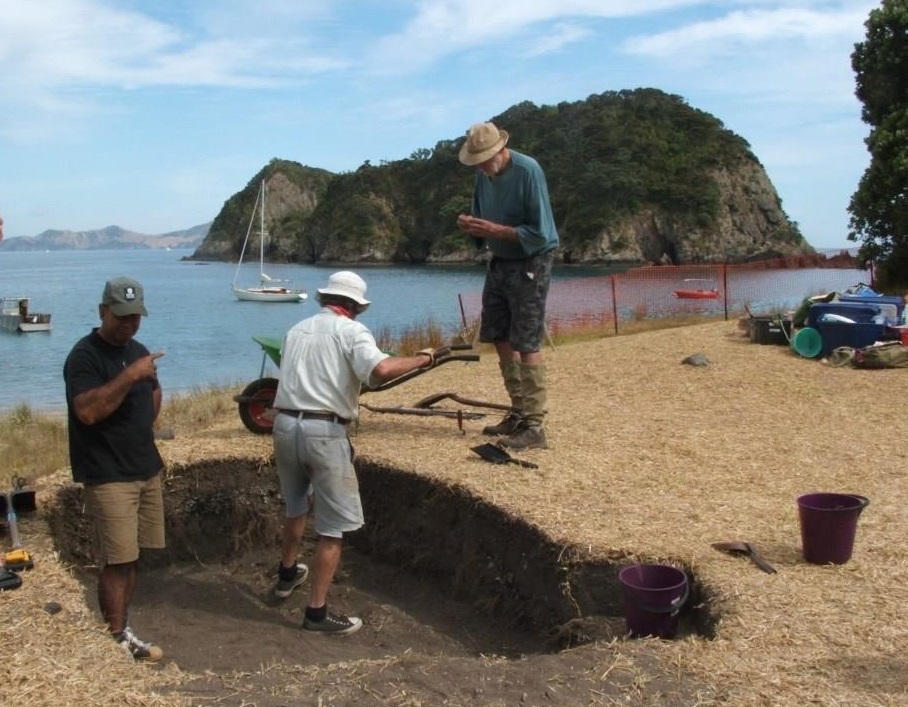
The artifacts and samples of material culture found during this year's excavation at Moturua Island are currently undergoing scientific tests, including carbon dating, that the researchers hope will finally settle the question of the age of the various archaeological layers of the site.
Tom Metcalfe is a freelance journalist and regular Live Science contributor who is based in London in the United Kingdom. Tom writes mainly about science, space, archaeology, the Earth and the oceans. He has also written for the BBC, NBC News, National Geographic, Scientific American, Air & Space, and many others.









